Posted on 8/30/2022
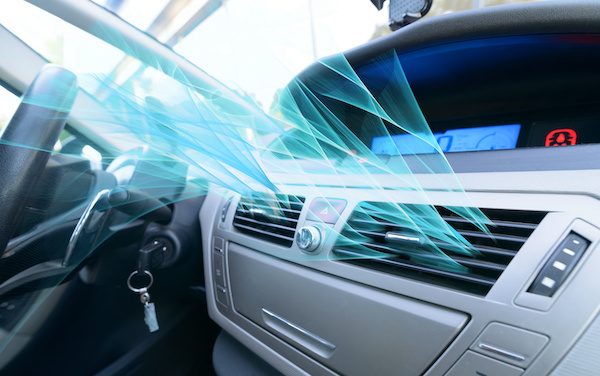
With cars running better than ever nowadays, it can be easy to take the vehicle’s air conditioning systems for granted. Once the A/C stops working, you’ll be forced to sit in the blasted heat. Fortunately, we make air conditioning repairs easy at Complete Car Care Encinitas. We can recharge your A/C system with refrigerant, seal the leak, or replace any component necessary so that you can be on your way to a more comfortable ride. Read on to learn about the top 3 common auto air conditioning people experience. A/C Has Weak or No Air Flow You might notice subtle coolness in your A/C, but it is nowhere near being enough to cool you and your passengers down. In some cases, the A/C may not cut on at all. The common issues behind this symptom is loose hoses, bad fans, electrical problems, and leaky seals. A/C Has a Bad Smell If you have a lingering odor coming from your vehicle’s A/C, it can be annoying to deal with. Let’s face it – the air fres ... read more
Posted on 7/26/2022
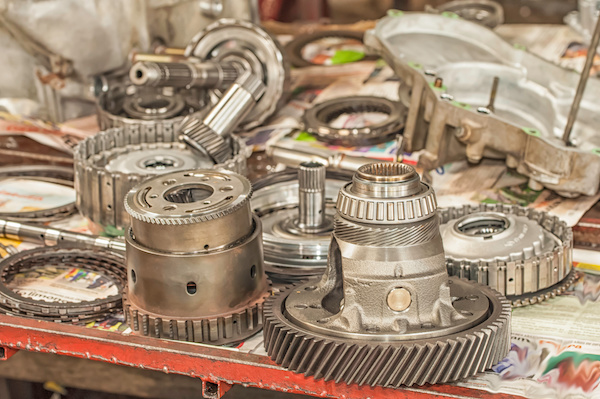
When the ravages of time catch up with your car when you skip numerous maintenance processes, you will learn what transmission rebuild means from your mechanic when explaining the cost of repairs. A qualified mechanical professional explains your options of repairs or replacement of the transmission after finding it is the root of your vehicle troubles after identifying the transmission as the culprit. Notably, it's wise to know what transmission rebuild entails to have a glimpse of the process your vehicle will undergo. Let's begin by describing a transmission system. What is a Transmission? A transmission is a vital mechanical system in your vehicle, consisting of numerous parts not limited to pumps, gears, bands, and rotors. It is responsible for powering your wheels to ensure they run smoothly on the road without possible failures. The transmission can be manual or automatic, depending on your type of car. When one part of the transmission unit fails ... read more
Posted on 6/28/2022

Your car shouldn't produce noises it's not designed to. That's why awkward sounds occurring without an apparent reason could imply that you have your vehicle checked by a professional. Noises that should prompt you to seek assistance from a car repair expert include squealing, knocking, rumbling or rattling, hissing, and clicking. Your car may also have a problem if it's producing a rhythmic banging sound. Read on to discover why these sounds can threaten your driving safety. Squealing A squealing sound may be due to your vehicle's brakes having inadequate padding, especially if you observe the noise inside the car. You should seek professional assistance promptly since the problem could lead to brake failure in the future if left unresolved. Squealing noises may also indicate a loose belt within the engine compartment. You should seek solutions promptly as the issue may impact your vehicle's performance. Knocking You may need to visit your nearest auto rep ... read more
Posted on 5/25/2022
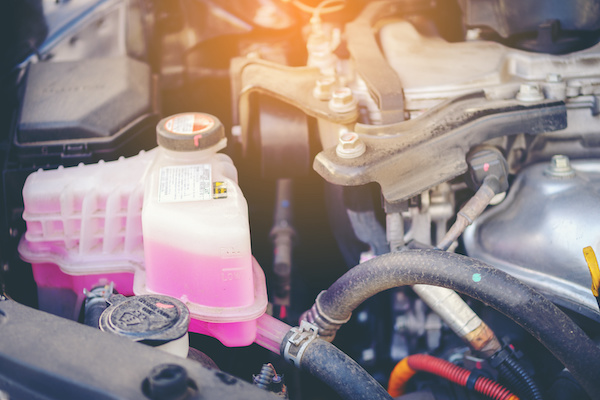
A car's cooling system is vital to the engine's stability. It helps prevent excessive heat build-up that may affect other engine components and the general vehicle operation. A faulty system may lead to an overheated engine or the vehicle failing to start! You can avoid that eventuality by understanding your vehicle's cooling mechanism. How Does a Cooling System Operate? The internal combustion engine runs courtesy of burning fuel and various moving parts. That's because burning fuel and the friction from the moving parts generate large amounts of heat to propel it. That heat may build up and lead to an overheated engine that won't start. A vehicle's cooling system channels the excess heat from the engine to the surrounding atmosphere. However, a malfunctioning system won't facilitate heat dissipation, leading to engine failure. Common Reasons Why Cars Overheat Your car may overheat due to various factors: A Damaged Radiator Hose A crack in the radia ... read more
Posted on 4/27/2022
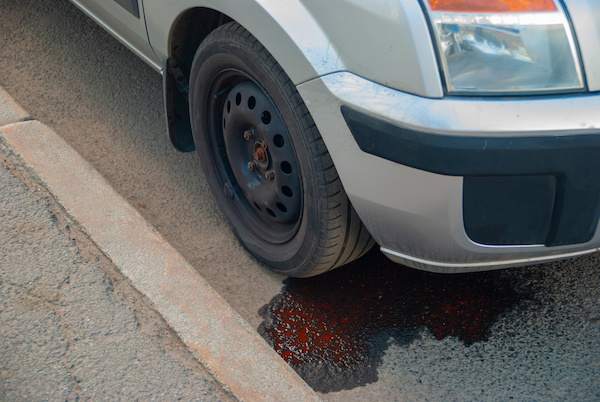
There are many different types of fluids that your car may emit occasionally. Luckily, most shouldn't worry you, but some may need you to act promptly for your safety and the durability of your vehicle. Below are some common types of car fluid leaks and a few pointers to help you know what they are before going to your local auto repair technician. Oil Leaks A black puddle under your vehicle is often a sign of an oil leak. Oil leaks typically occur in gaskets and the oil pan inside the engine. If you notice an oil leak, it may be due to broken gaskets, which your nearest auto repair professional can fix upon request. Coolant Leaks If you notice a pink, orange, or bright-green fluid coming out of your vehicle, it's a sign that it may have a coolant leak. The coolant, commonly known as antifreeze, is used in the car's radiator to prevent it from freezing over during cold weather. While leaking antifreeze may be acceptable in older cars, modern vehicles have features to ... read more
Posted on 3/28/2022

Depending on your local driving laws, you may be required to have an emission test performed on your vehicle periodically. In some areas, this is needed annually or every two years. Whether or not you need this performed can also depend upon the age and make and model of your vehicle. So, why are car emissions tests important? Standard gas vehicles have engines that emit harmful gasses. The catalytic converter helps to convert those gasses as they are processed through the exhaust system. An emissions test makes sure that your vehicle's exhaust system is working properly so that your vehicle's emissions are not as harmful to the environment. In order for your vehicle to pass an emissions test, it needs to meet the standards put in place when it comes to the number of harmful gasses that are released. Typically, if your vehicle has a check engine light on, your car will not pass emissions. Here are a few other reasons why your car may not pass an emissions test: The oxygen se ... read more
Posted on 2/25/2022
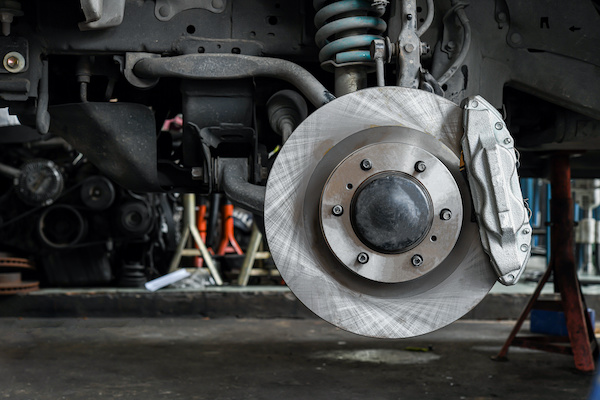
There is nothing more important than securing your safety on the road by having regular brake checks and maintenance. Without brake maintenance, you risk brake fade and brake failure. One issue that is commonly found during brake inspections are sticky calipers, which often lead to vehicle pulling when the brakes are engaged. Read on to learn more about the dangers of malfunctioning calipers. Most cars have 2-4 calipers in their primary brake system. They can become sticky if the piston starts to malfunction. The piston sits inside the caliper to push hydraulic fluid into the brake system, which is necessary to engage the brake pads and rotors. Without this chain of events, your car will struggle to come to a full stop. Sticky calipers are usually caused by a leak of brake fluid from the hoses or cushion that protects the piston. As a result, you will be unable to attain effective braking and experience vehicle pulling. Other Symptoms of Sticky Calipers T ... read more
Posted on 1/11/2022
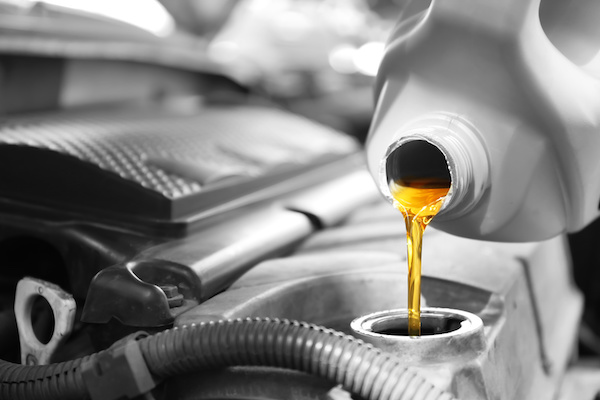
Before deciding whether or not to convert to synthetic oil or even synthetic blend, you must research beforehand. Synthetic oil is comprised of petroleum components along with organic and inorganic ingredients. These compounds are chemically engineered and are far more complex than the ones found in traditional oils. The additives in synthetic lubricants are purer and more consistent, which provide longevity between every oil change. Whereas the ingredients found in conventional oil are lower in quality, requiring more frequent oil changes. Some individuals opt for semi-synthetic blends, which have components of both conventional and synthetic lubricants. However, these are still less pure and uniform than fully synthetic oils. Did you know that more than 70% of new cars use synthetic or semi-synthetic oil than conventional oil? Most people tend to believe that synthetic oils lubricate engines more efficiently than conventional oils and synthetic blends. The ... read more
Posted on 12/18/2021
.jpeg)
Some states, including California, require vehicles to undergo a smog test to become registered. While there are various smog test stations to choose from, other test and repair stations, including Complete Car Care Encinitas, are Star Certified Smog Check Test Centers or Star Test and Repair Centers. What's the Difference Between a Regular Smog Center and a Star Smog Center? The difference between the two types of stations is that the stations have been certified by the California State Bureau of Automotive Repair (BAR) under specific criteria. Smog test centers can perform the test and give you a certification. Smog repair stations can only repair your vehicle so that you can pass the test. Smog test and repair stations can do both testing and repairing. STAR stations, regardless of test only or both test and repair, are closely watched and advised by the Bureau of Automotive Repairs. These stations must undergo an extra set of certifications and p ... read more
Posted on 11/9/2021
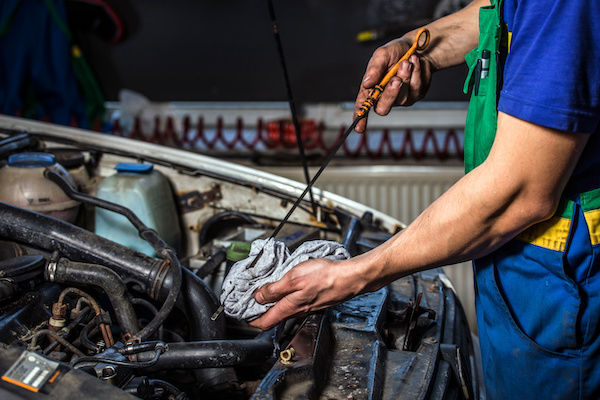
If you're running low on engine oil in your car, it can severely hurt your engine. You need always to make sure you have enough, the right type, and at the right time. This is why every driver needs to learn how to examine their oil at some point or another. Here is a step-by-step guide on how to inspect your engine oil with a dipstick at home. Step #1 - Please start by ensuring your vehicle is parked on a flat surface so that you can get a precise reading. Follow by turning off the engine and waiting at least 10 minutes for your car to cool down. Step #2 - Next, prop the hood open to find the oil dipstick. It is usually orange or yellow. However, if you have trouble finding it, you can reference your owner's manual. Step #3 - Remove the dipstick. Though you're not required to wear gloves, it would be nice if you had them to keep your hands clean. Step #4 - Wipe off the oil on the dipstick (from the handle to the tip) with a rag or paper towel. The initial removal of yo ... read more